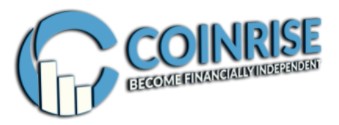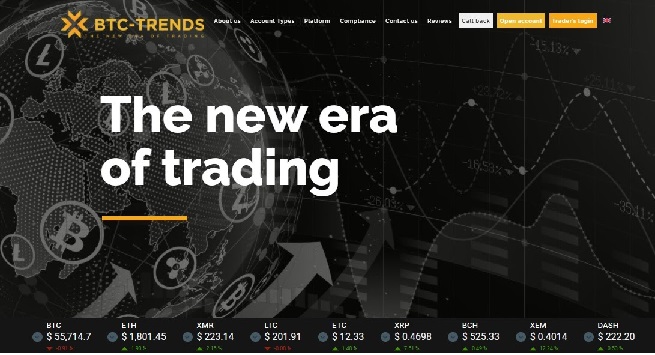There are many bitcoin wallets on the market now and it can be hard to choose the best one for you. We hope that our quick test will help you make the right choice. In this article, we look at three mobile wallets: Blockchain, Coinbase, and Mycelium.
In this article, we look at three mobile wallets: Blockchain, Coinbase, and Mycelium. Coinbase and Blockchain compete for the title of the most popular wallet in the world while Mycelium is expanding its user base rapidly. Blockchain and Coinbase are based in BVI and San-Francisco respectively while Mycelium is headquartered in Vienna. Bitcoin erases borders, and users all over the world can choose between mobile apps from these companies.
Installation
The installation procedure for all three wallets depends on many factors. The speed of installation depends on the user’s phone and on the speed of their WiFi connection. In our experience, the Blockchain app allows you to get up and running with your own wallet within one minute. This wallet also allows you to connect the app to a previously registered account. The Coinbase wallet is a bit more difficult to install: the app asks users to fill in some fields and click a link in a confirmation e-mail at the end of registration. The Mycelium wallet is the fastest to install, but it is important to remember that functions available on the Mycelium app differ between iOS and Android version.
Security measures
Blockchain wallets defend app with basic pin-code and allow users to create a reserve copy on an external drive. Coinbase does not offer users to create a reserve copy, but connects the wallet to Google Authenticator, a two-step authentication system and suggest it’s own Vault. Mycelium suggests that users create reserve copies of their accounts. Company also makes cold storage possible
All three wallets depend on their providers’ servers. A successful hacker attack against any or all of these would result in the wallet being blocked. The block can only be removed after the attack is repelled of the attack and servers restored. Another common weak point in all three wallets is the absence of confirmation for each transaction. Blockchain, Mycelium, and Coinbase do not provide confirmation by email or SMS for any transaction, no matter how large.
Design
Blockchain is very simple from the design point of view. All functions are in a menu at the top of the screen. The app looks very similar to the website, which itself is quite basic: it has the same colour scheme and fonts. Coinbase has a bit more of a “hipster” and complex design. In this app, the wallets are represented with round icons and there are dropdown menus that allow the user to sell bitcoin or see the complete list of their transactions. Mycelium developers kept all buttons on one screen, so the user can do anything with a single tap.
Testing the wallets
All wallets allow the user to enter the bitcoin address manually. All of them can also recognize scanned QR-codes and have address books. The standard transaction procedure differs from wallet to wallet. In the Blockchain app, there is a “Send” button in the main menu, in Coinbase users have to press a button on the bottom of the screen and then choose between “Send” and “Ask for bitcoin transaction”. To initiate a transaction in Mycelium, you need to press a big button in the centre of the main screen.
All three wallets register transactions in the blockchain within seconds. CoinFox tested wallets on Sony mobile devices first on a WiFi network (speed 50 MB/s) and then on a T-Mobile internet network. In the first instance, the transaction appeared in the blockchain after 1 second, while in the second case the time gap between pressing a button in the mobile app and the registration of the transaction in the blockchain was about 15 seconds.
Extras
Each of the wallets has some bonus functions designed to attract new customers. Blockchain developers have added geolocation functionality to their mobile, which allows users to find the nearest shop accepting bitcoins, and a news feed. Coinbase allows you to convert bitcoins into dollars and euros inside the app – the company creates a digital wallet in euros for every client. Mycelium not only allows users to create reserve copies, but also to put bitcoins in cold storage. The Mycelium app also allows users to find bitcoin brokers in their neighbourhood and even rate them.
Which one to choose?
Bitcoin wallets are in some ways similar to cars. Blockchain is like a middle-class minivan that is good in daily life. Coinbase is more like a luxury SUV that looks good and can come good in some situations, but may have some problems off the road. Finally, Mycelium is like a small two-person microcar that are so popular in Vienna.
It was created to perform in very specific conditions and it performs well, as long as it does not leave its comfort zone.
At the end of our survey, we would the Mycelium mobile app. It is fast to download, simple to use, and has good security features. This wallet does not try to upsell you and its developers are famous for their good privacy policies












